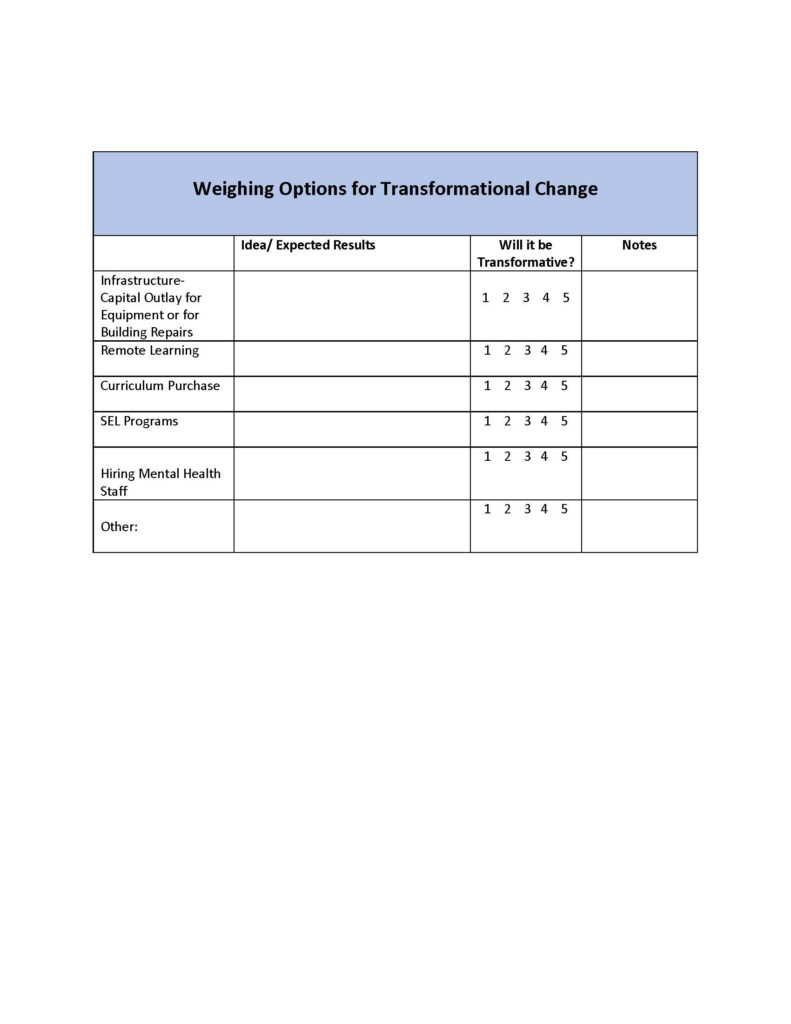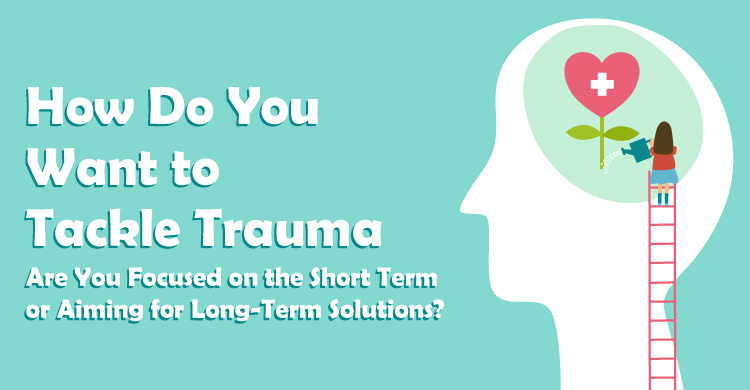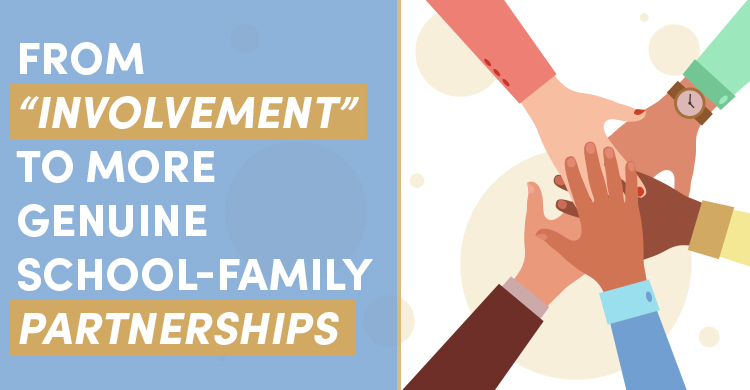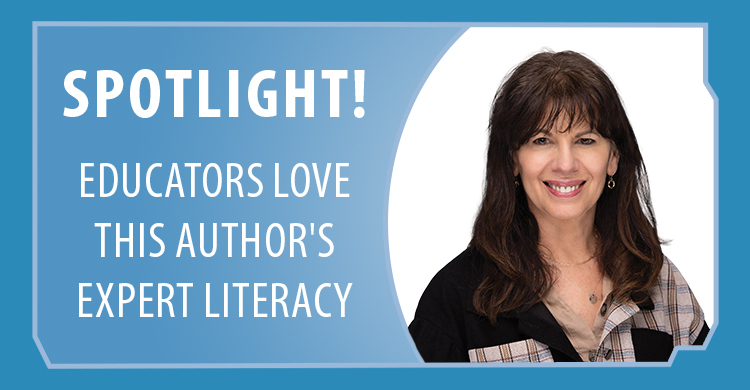Schools and districts are planning to spend hundreds of thousands of dollars next year so that 2021-2022 will be a better year for all our students and schools will be safe for students and staff. Thanks to Elementary and Secondary School Emergency Relief (ESSER) funds, it almost feels like schools have won some lottery.
Yet, we need to ask ourselves, what could really make a difference? Is it the SEL program you purchase? Will it be a new air conditioning system? Or perhaps a new distance learning program? Right now, there are many commercial interests vying for our attention as school and district budgets are being formed with such rapidity that it is almost as if we are concerned that within a blink of an eye the monies will disappear. Which, in a way, is true. This is a time-limited deal. Buy now or lose out. So, what options do schools have?
Part I: Weighing Your Options – Initial Steps
Given the windfall that schools and districts are receiving, here are a few questions you might want to ask:
• If this is our once-in-a-lifetime opportunity, what is most important?
• Are there likely to be other funds available, from another source, for this expenditure?
• Will our purchase be a great assist to students in the short-term? Why?
• Will the purchase be sustainable? How do you know?
Decisions that are being made right now are difficult. A substantial argument could be made for many of them.
Repairs. Schools are aging, and we learned with COVID-19 that ventilation systems are totally inadequate in many buildings. So new AC systems may be an immediate need. If COVID should flare up, could schools stay open longer with better ventilation?
Distance Learning. How well did your distance learning programs work last year? Do you know of better programs that might get you ready for the next extensive virtual learning experience?
Curriculum. Perhaps your school or district has been getting by for a number of years. Perhaps you realize that your curriculum is outdated. Or it may even be that you want to purchase or rebuild your curriculum to address anti-racism, equity, and justice.
SEL. SEL considerations right now are huge. Districts that long ignored SEL are clamoring for the chance to alleviate student stress and the market is flooded with SEL, trauma-informed, options.
Mental Health Staffing. The ratio of students to mental health staff should be 500:1. Yet many districts see much larger ratios. There is a current shortage of mental health professionals, with a nation-wide ratio of 1,211:1. (NASP, n.d.) Suicides, anxiety, and depression among youth all increased last year. There is a serious need for more mental health staff.
Part II: Dreams
As you reflect on your options, we recommend that decision-makers consult with key stakeholders: building-level administrators, teachers, other staff, students, and families. As you do this, we urge you to take a few minutes to dream—to dream big. After all, the funding is significant. What might be an important dream for each of your key stakeholders? As you do this, do your best to capture the dreams that rise to the top for each of the subgroups – using care to make sure that your dreams are informed by adequate representation across diverse groups of stakeholders and the demographics of your community (considering race, religion, culture, gender, ages, and roles/responsibilities).
| DREAMS | ||
|---|---|---|
| School-level administrators | ||
| Teachers | ||
| Other school staff | ||
| Students | ||
| Families |
To help ensure that student voices are adequately heard, the Center for Educational Improvement has been conducting a series of Youth Listening Sessions as part of its newly formed Coalition for the Future of Education. With these virtual sessions, we are talking with a diverse group of middle school, high school, and college-aged youth about their views about last year, remote learning, and the future of education.
To date we have had discussions with about 100 youth, and we are hearing five key themes repeatedly:
• Many youth were anxious and traumatized last year, and schools did little to alleviate their stress and anxiety.
• Remote learning did not work well for many students.
• In some of the best cases, teachers found ways to help youth connect. This may have been increased virtual office hours, informal times together online, or even a “Wednesday Pause” that enabled youth to catch up, ask questions of teachers, and do something other than sit in front of their computer screens for hours on end.
• When asked how education could be improved, popular answers included more student agency and choice, and additional hands-on learning.
• Most youth have not been asked by their teachers or others about their preferences and ideas regarding major components (such as how they prefer to learn) for their own learning.
In Mindful School Communities: The Five Cs of Nurturing Heart Centered Learning, we discuss the importance of increasing our consciousness regarding our students, their needs, and how to best support their learning, their resiliency, and their well-being. The book was written before COVID; even before the pandemic, we realized the value of increasing a sense of connectedness.
We asked questions about how to help students with their self-esteem, self-regulation, and lifelong success, including how to remove the barriers that stand in the way of a better path forward, saying, “The education that we envision for the future will have heart—a true connectedness. Schools with a solely academic focus are not addressing [these] urgent issues, yet they could be a critical part of the solution.” (Mason et al., 2020)
What conclusions can you draw about the relationship between the dreams of your stakeholders and how your districts are budgeting for using ESSER-related funds?
Part III: What Will You Achieve with ESSER Funds? Will It Be Transformational?
It is one thing to use ESSER funds to get a job done, and it is another to impact significant long-term change. Before you finalize budgets, consider the choices and opportunities you have. In Compassionate School Practices: Fostering Student Mental Health and Well-Being, Mason and colleagues (2021) compared transactional leaders who are intent on “achieving goals and objectives” to transformational leaders who are “inspirational and motivational visionaries, focusing on their impact on the school culture and climate.” (p.114) In describing the traits of transformational leaders, we discuss leaders who create a climate of trust, who build on the strengths of their staff, and are great listeners and great communicators.
As you consider how to tackle trauma and use ESSER funds for short-term and long-term gains, we urge you to consider whether transformational change is part of your checklist for success. To help you with this, we have created the Weighing Options for Transformational Change Scale. As you complete this, consider the input from your key stakeholders and the relative merits of spending monies on one item versus another.

Transformational Change and a Coherent Approach to SEL
We believe now is the time to seriously consider transformational change. To truly tackle the trauma and stress from 2020, we must use care in making decisions about what we choose to implement. In our work, we describe the benefits of a coherent approach to SEL and trauma. Such an approach has a structure for consistency across classrooms, grade levels, and conditions, so that students can see examples and practice skills leading to resiliency and positive change over many years.
Transformational change is at our fingertips, yet to realize it will take a conscious awareness of how to thread significant changes throughout the school day. In short, it will take a mindful approach, not simply inserting SEL programs or purchasing updated textbooks, and not simply breathing a sigh of relief that we are back in the business of in-person learning. We urge you to be mindful, be connected, dream big, and thoughtfully and thoroughly weigh options before finalizing your budget requests.
Mason, C., Asby, D., Wenzel, M, Volk, K., & Staeheli M. (2021). Compassionate school practices: Fostering student mental health and well-being. Corwin Press.
Mason, C., Rivers Murphy, M., & Jackson, Y. (2020). Mindful school communities: The five Cs of heart centered learning. Solution Tree Press.
NASP. (n.d.) Shortage of school psychologists.






